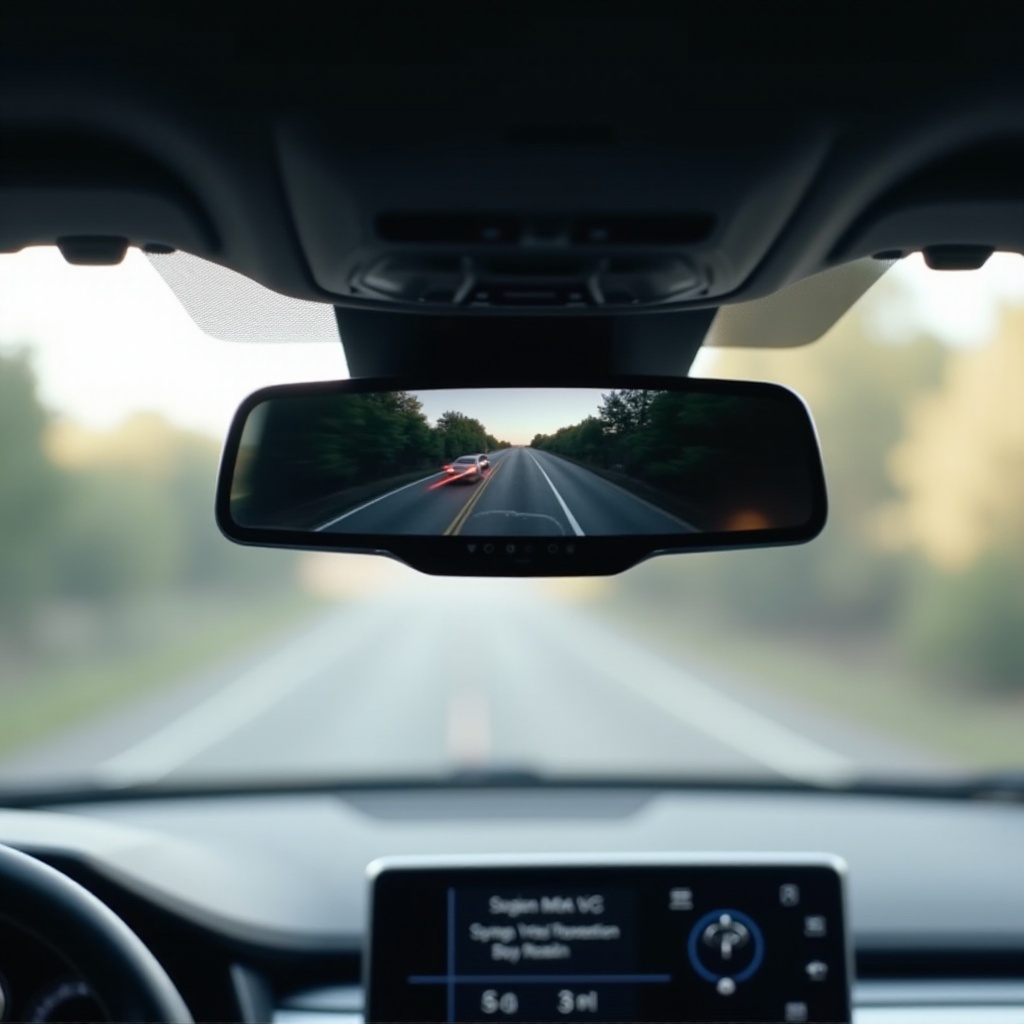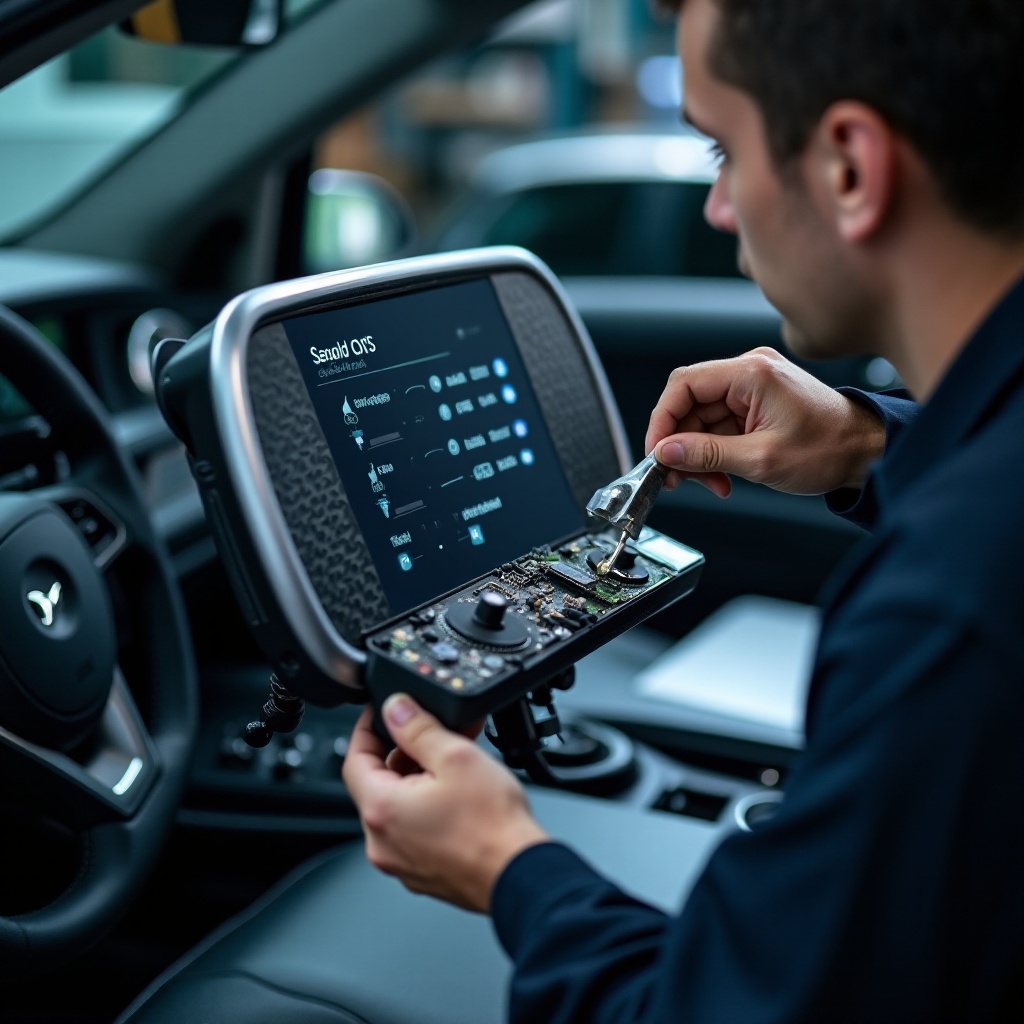Introduction
Reverse camera mirrors have become essential innovations, boosting vehicle safety and convenience. Many drivers wonder if they can change the operating system (OS) in their reverse camera mirrors to unlock updated functionalities, enhanced interfaces, and new features. Changing the OS in a reverse camera mirror involves specific steps and considerations, including compatibility and preparation. This guide will help you understand the importance, processes, and potential complications of changing the OS in your reverse camera mirror.

Understanding Rearview Camera Mirror OS
The OS in a rearview camera mirror functions much like software in other electronic devices. It manages the hardware and software resources, offering a user-friendly interface for settings and controls. However, not all reverse camera mirrors use the same OS. Different models and manufacturers may equip their mirrors with proprietary or standard operating systems, such as Android.
The design of these OSs aims to make the camera interface intuitive and useful. Functions can include dynamic guidelines for parking, automatic adjustments for lighting conditions, and even connectivity options for smartphone integration. An outdated or inefficient OS can limit these capabilities, making an upgrade highly desirable.

Benefits of Changing the OS
Updating the OS in your reverse camera mirror can bring several advantages aside from improved functionality. Firstly, a new OS can fix existing bugs or issues, ensuring smoother performance. Additional features such as enhanced graphical interfaces, voice controls, or connectivity improvements may also be gained.
Security is another key benefit. Digital devices can have vulnerabilities that may be exploited, potentially compromising your safety. A modern OS update can include critical security patches to prevent such risks. Furthermore, newer OSs often support better hardware optimization, meaning even older hardware can run more efficiently.
Compatibility Considerations
Before proceeding, it’s crucial to verify that the new OS is compatible with your reverse camera mirror hardware. An incompatible OS can render your device inoperable, necessitating professional servicing or replacement. It’s recommended to consult the manufacturer’s specifications or seek technical support.
Factors affecting compatibility include hardware specifications like the processor, memory, and existing firmware. Some mirrors may have restricted access to their OS, requiring specific tools or software for changes.
Preparing for the OS Change
Preparation is fundamental to successfully changing the OS on your reverse camera mirror. Gather all necessary tools, software, and documentation before beginning. You might need a computer, USB cables, and specific software provided by the mirror’s manufacturer or the OS provider.
Create a backup of your current settings and any important data. This step is crucial in case something goes wrong and you need to restore the original configuration. Ensuring the reverse camera mirror is fully charged or has an uninterrupted power supply is also vital to avoid interruptions during the process.
Step-by-Step OS Change Process
Changing the OS in your reverse camera mirror can vary depending on the device. Here are the general steps:
1. Download the New OS: Obtain the correct software from the official website or a trusted source.
2. Backup Current Data: Use the mirror’s settings menu or the connected device to backup data.
3. Connect to Computer: Use a USB cable to connect the reverse camera mirror to your computer.
4. Run the Installer: Follow the on-screen instructions to install the new OS onto the mirror.
5. Reboot the System: Once the installation is complete, reboot the mirror and check if the new OS runs successfully.
6. Restore Backup: If necessary, restore your previous settings to their original state.
Following these steps ensures that your reverse camera mirror functions properly with the new operating system installed.

Troubleshooting and FAQs
Issues can arise during the OS change process. If the new OS does not boot correctly, try rebooting the mirror or reinstalling the OS. Ensure you have consistent power during installation, as power interruptions can damage the system.
Conclusion
Changing the OS in a reverse camera mirror can greatly improve its functionality, security, and user experience. However, it requires careful preparation and consideration to avoid risks and ensure success. By following the steps outlined in this guide, you can confidently approach an OS update for your reverse camera mirror and enjoy the numerous benefits it brings.
Frequently Asked Questions
What are the risks of changing the OS in a reverse camera mirror?
Potential risks include voiding warranties, encountering hardware incompatibilities, and system crashes. It’s essential to confirm OS compatibility and carefully follow the update process to mitigate these risks.
Can I revert back to the original OS if something goes wrong?
Yes, most mirror systems allow making backups of the original OS. This backup can restore the mirror to its original state if the new OS installation fails.
How can I find out if my reverse camera mirror is compatible with a new OS?
Consult the device specifications, user manual, or manufacturer’s support to ensure the new OS is compatible with your hardware requirements.